Putting Music To Words: Author Walter Holland Talks Phish’s ‘A Live One’
By A.P. Smith Mar 8, 2016 • 7:29 am PST
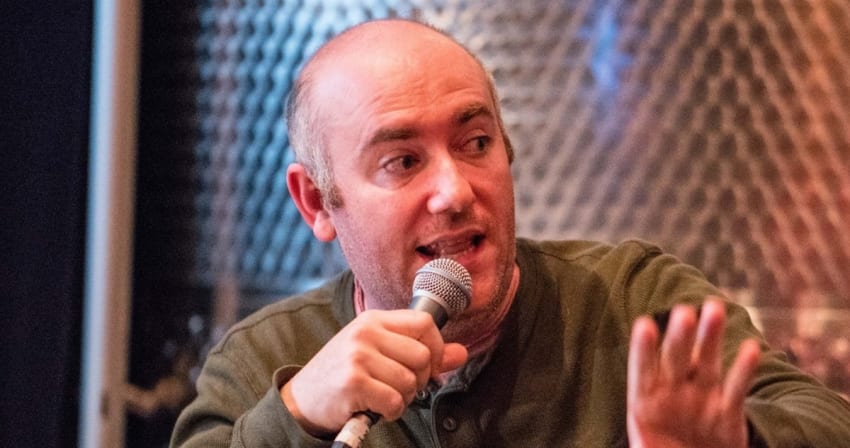
Photo by Stephen Olker
Words by: A. P. Smith
Images by: Stephen Olker
Last October, Bloomsbury’s 33 1/3 imprint published A Live One, Walter Holland’s take on the Phish album of the same name. The album, as described by the publisher, is oversized, rare, perverse and precious. And the book?
Well, personally, I was thrilled to hear that someone had decided to tackle this project: to explore Phish’s first sanctioned live album, a compilation of recordings that contains some of my own early live discoveries of the band as it did, and maybe still does, for countless other fans. Walter Holland uses 30,000 words to look closely at this album, to really scrutinize its appeal, context, relevance, and in so many ways, to ask us, Phish fans and novices alike, “What is this? And why is it important?”
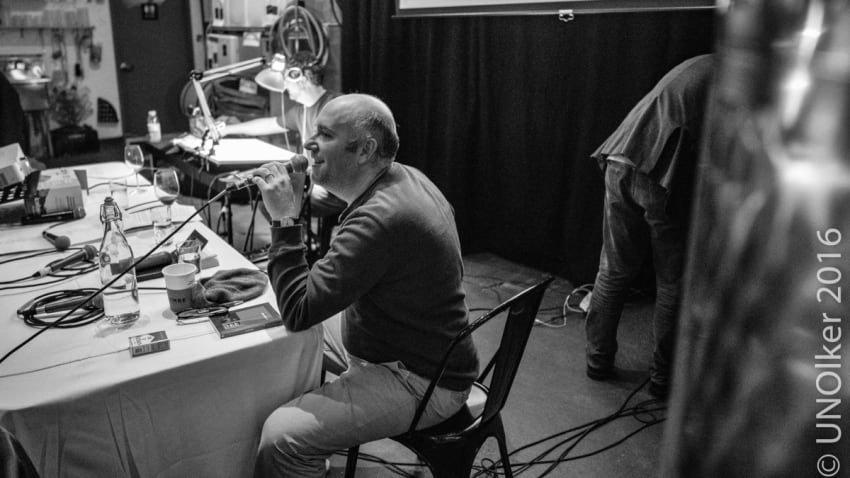
Photo by Stephen Olker
I spoke with Walter Holland first at the book release party at City Winery hosted by Blank Spaces and later over video chat from his home in Cambridge, Massachusetts and my home in Brooklyn, New York. I wanted to ask him about the book, and writing the book, but also hear his opinions of the band outside of the album. But let’s start with the album, Phish’s 1995 release, A Live One.
“The album was a reward to Phish’s hardcore fans,” Holland said. “But also a sample platter, this weird tapas plate, like an almanac to the band rather than a guided introduction. It’s not a tutorial: it’s weird and scattered and random and weirdly comprehensive, and yet missing aspects of the music, like song-to-song segues.”
But why not write about Phish’s 1997 live compilation Slip Stitch & Pass? Or any of the subsequent Live Phish releases?
“Because A Live One was their best selling album, their first platinum album, the one that came out the month before Garcia died, and it’s perfectly placed as a dividing line in their band biography.” Wally said. “And because I had loved it passionately since it came out. It was kind of the ideal to me.”
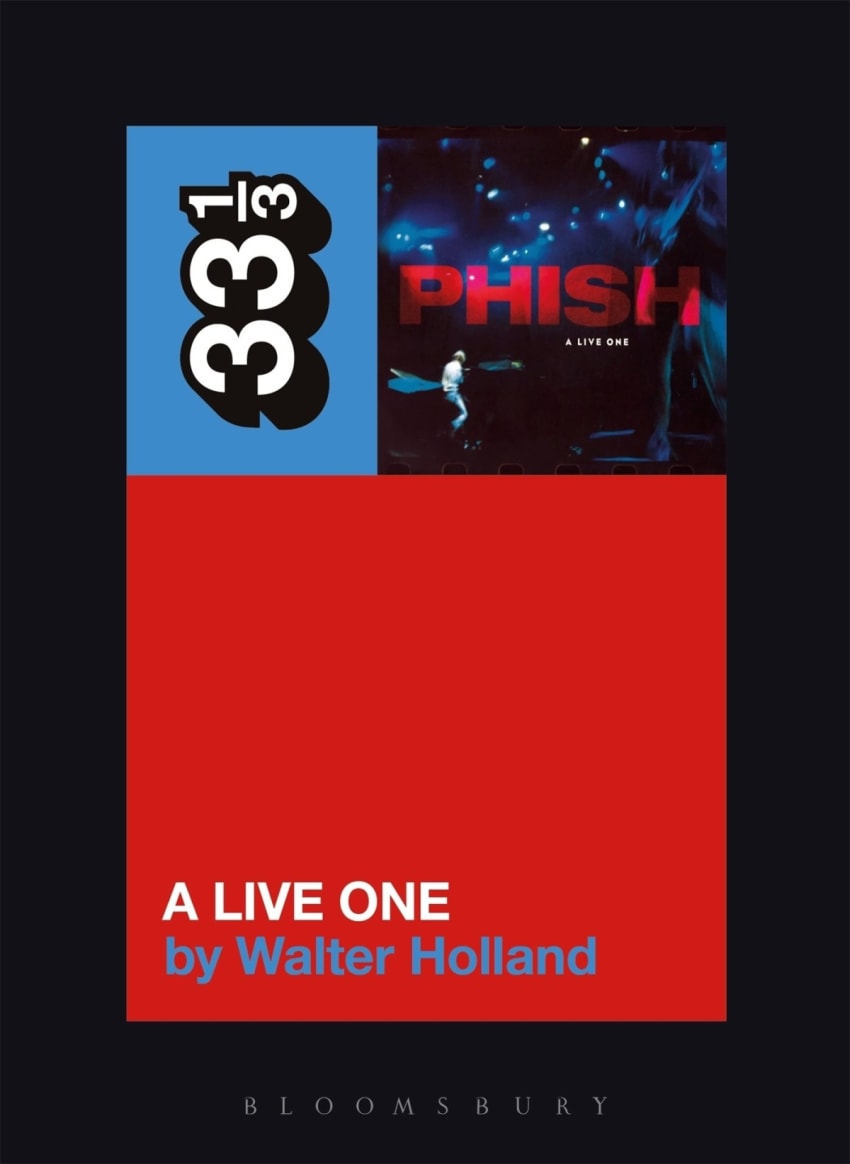
Just a year or so before the album was released, Wally first heard Phish at a confirmation party with a ski bum friend from Vermont. The ski bum, a teammate on Wally’s high school scholastic trivia team, played Junta at the party. “I remember hearing ‘Dinner and a Movie,’” Holland recalled, “and I thought it was the stupidest thing I’d ever heard.”
Reluctant but intrigued, Wally soon bought Phish’s Rift LP through his membership at Columbia House, and his intrigue grew… In December of 1995, Wally convinced his mom to drive him from their small town in the Southern Tier of New York to a convention center in Niagara Falls to see Phish perform. He was blown away.
“Everything around me was weird colors and the air smelled strange,” said Wally. “The music was a relentless complexity of sound. There was always so much going on. And they didn’t apologize for it, and nobody was making fun of them for being the biggest nerds in the room and that, in a subtle way, was very inspiring. I had no precedent for that in my experience. It was a very intense experience.”
That summer and into the fall, Holland listened to A Live One on his discman everywhere he went while studying at Johns Hopkins University. He was hooked and started getting tapes of live shows through people on the Internet, sending blanks and postage, receiving “bundles of tapes the summer I got on the Internet for the first time.”
Wally was still going to shows too: Buffalo in 1996, Star Lake and Darien Lake in 1997. In 2012, at the self-proclaimed peak of his fandom, he self-published a book, A Tiny Space To Move And Breathe, in which he revisited Phish’s Fall 1997 tour, listening to tapes and reviewing and recapping shows, the book is, as Wally describes it, “very anecdotal and personal — and entirely for fans.”
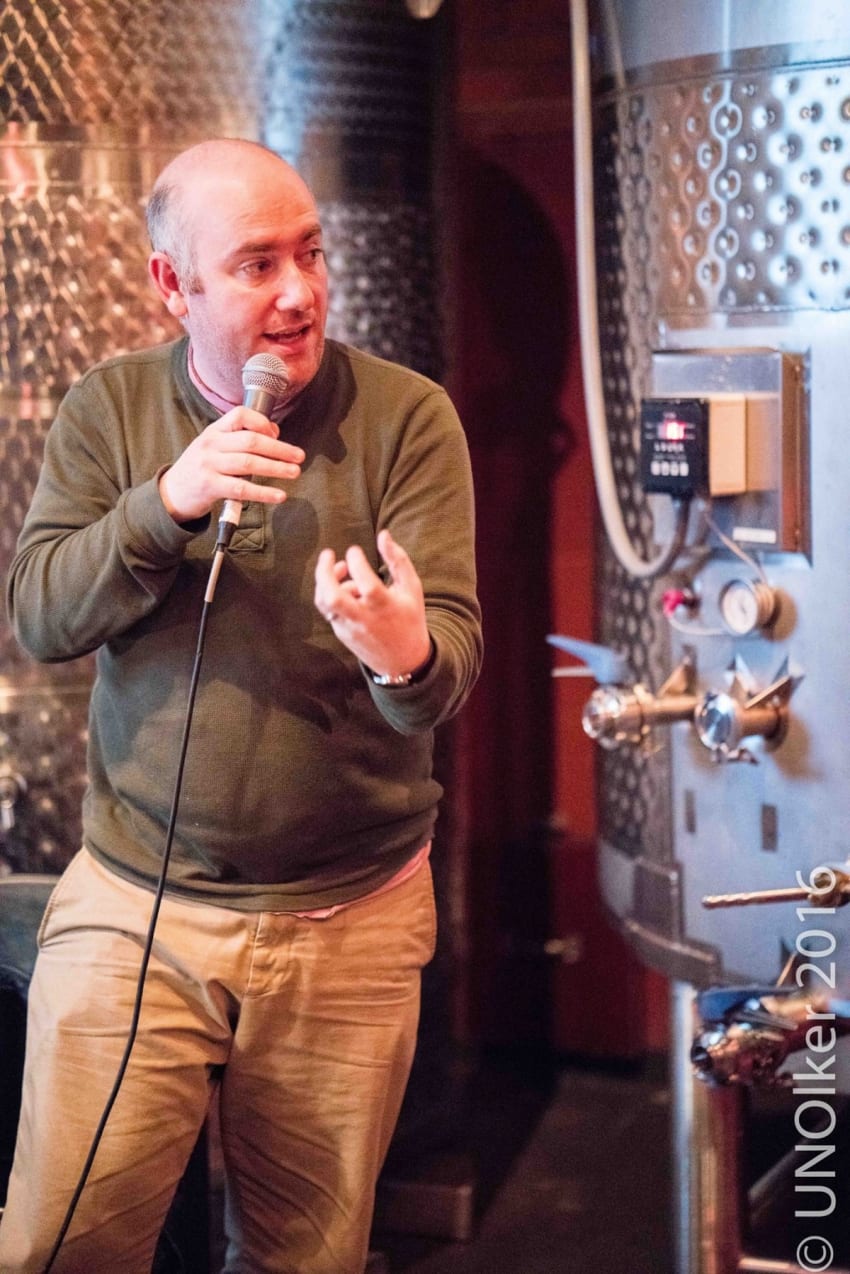
Photo by Stephen Olker
After nearly a decade of fandom, Walter Holland would write A Live One, which he says suited him well as a project in regards to scale and variety. He had read one of his friend’s 33 1/3 books (Brian Eno’s Another Green World by Geeta Dayal) and felt inspired, encouraged to do something similar for Phish and the album that he loved.
“I had pitched the book a couple years ago, to the open call, and then last year the editor Jane (Ally Jane Grossman) had tweeted something like ‘can someone please explain Phish to me!’ and I (like a jerk) tweeted, ‘Yes, I pitched it two years ago.’”
So Wally revised and resubmitted his pitch and suddenly he had the green light from 33 1/3 and agreed to complete the book in nine months.
“I thought, with nine months you can take a child from zygote to person,” he joked. “I ended up sticking to the outline I submitted, which is meant to be a programmed introduction to all these different facets of Phish, but the purpose of the book is to put the band into a context where you can see there’s a lot going on, and it’s not unprecedented, but the specific mix of elements I think is unprecedented. And, also, to tell people who aren’t in the temple: here’s our ecstatic ritual we participate in, and try to capture some of the beauty for non-initiates.”
Wally’s book analyzes the band’s improvisational talents and touches on our (spiritual?) experiences with their live shows in a way that is accessible (for the most part?) and, yes, evangelical, but not aggrandizing. The reader is never talked down upon or assumed to be with us or against us. Nevertheless, for fans and otherwise, the live Phish experience is strange and stranger even to read about and perhaps strangest to try and capture on the written page?
“We cheer for subtle shifts in dynamics in the middle of a 15-minute improvisation,” Wally said. “That’s an extraordinary thing, and that’s a thing all Phish fans take for granted. But a non-Phish fan has never had that experience. That’s the hardest part to communicate to people who don’t go to the shows and the part that I was trying like hell to bring across in the book: the wonderful sense of smallness that we experience is not from looking up at Phish and wondering how in the world did they accomplish some technical maneuver, it’s being open to the emotional impulses that they’re sharing on stage.”
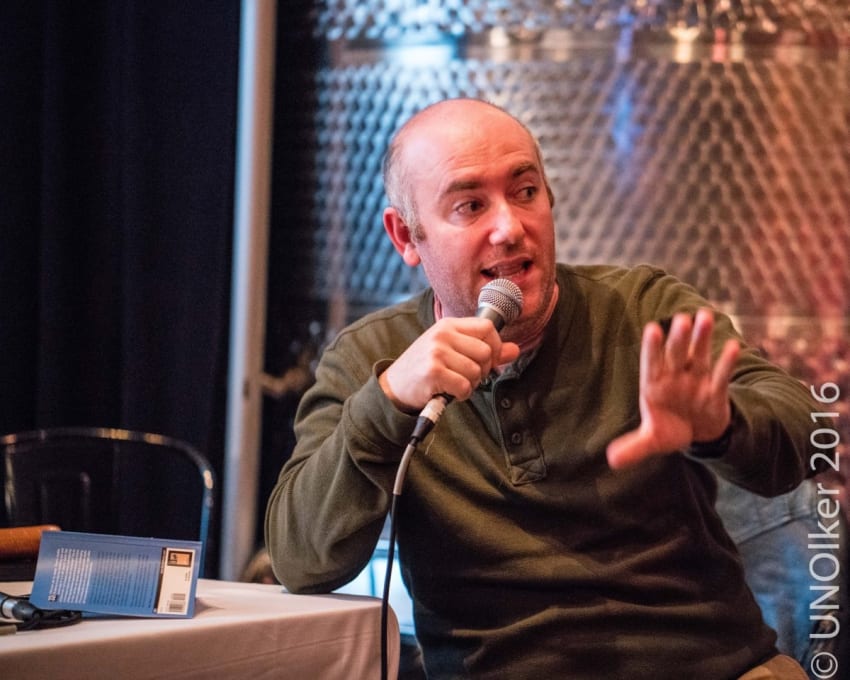
Photo by Stephen Olker
Having read the book, I think Holland did a pretty damn good job of that: the introduction to both the musical and cultural context of the band as well as the communal ritual of attending the band’s live, improvised performances.
“People who are not experts in music are deriving life-altering pleasure from Phish’s live shows and experiencing it in this enormous range of ways and able to respond to it,” Wally said. “We come to these fucking shows and do really strange things like clapping when the band syncs up in an improvised jam instead of recognizing the single. Because there is no single.”
So, without a single, without a “hit,” how does one introduce someone to Phish? Personally, I like to refer people to A Live One, the album, for all the same reasons Holland chose to write about it and 33 1/3 chose to publish a book about it: the album is indeed a live sampler platter recorded at a pinnacle for the band and a crossroads for popular music or at the very least a turning point for recording and publishing of music.
And now, with Holland’s book, it seems we have a pocket compendium to support this introductory album. While the album functions somewhat perfectly as sampler of the band’s live performance, a nice introduction to Phish to the uninitiated, the book serves best as a recommended tour guide, someone to highlight the details, supplement the journey, pointing out the flora and fauna along the way.
“It’s not a sales pitch,” Wally said of his book. “But I consider it an honor to play witness for the defense.”
A Live One is available wherever books are sold.
